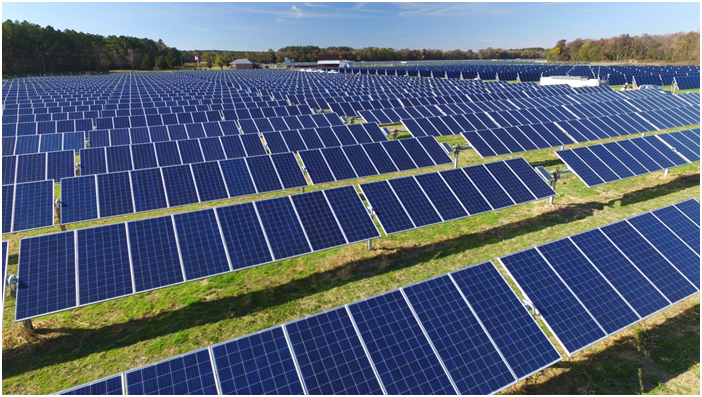According to Fitch Solutions, the total global installed solar capacity will increase from 715.9GW at the end of 2020 to 1747.5GW by 2030, an increase of 144%, from the data that you can see that the requirement of solar power in the future is huge.
Driven by technological progress, the cost of solar power generation will continue to decline.
Solar module manufacturers will continue to advance technological advancements to develop more powerful and efficient modules.
Improved tracking technology: The solar intelligent tracking system can be well adapted to complex terrain, so as to adapt to local conditions and comprehensively improve the utilization and power generation efficiency of solar power generation on solar energy
Digitization of solar projects: Advancing data analytic and digitization in the solar industry will help developers cut development and costs.
Continuing advances in solar cell technology, especially perovskite solar cells, create the potential for further significant improvements in conversion efficiency and substantial cost reductions in the mid to late decade of the next decade.
Driven by technological progress, the cost of solar power generation will continue to decline
Cost competitiveness plays a key role in solar’s long-term growth prospects. The cost of solar power has dropped significantly over the past decade due to factors such as rapid decline in module costs, economies of scale, and supply chain competition. In the next ten years, driven by technological progress, the cost of solar power will continue to decline, and solar energy will become increasingly cost-competitive globally.
• More powerful, more efficient modules: Solar module manufacturers will continue to advance technological advances to develop more powerful, more efficient modules.
•Improved tracking technology: The solar intelligent tracking system can well adapt to complex terrain, adapt measures to local conditions, and comprehensively improve the efficiency of photovoltaic power generation for solar energy utilization. It will be widely used in the photovoltaic industry.
• Digitization of solar projects: Advancing data analysis and digitization of the solar industry will help developers cut development costs and operation and maintenance costs.
• Soft costs, including client acquisition, permitting, financing and installation labor costs, represent a significant portion of overall project costs.
• Continuous advances in solar cell technology, particularly perovskite solar cells, create the potential for further significant improvements in conversion efficiency and substantial cost reductions in the mid to late next decade.
Post time: Mar-10-2023

